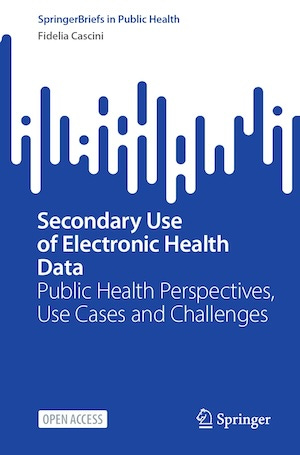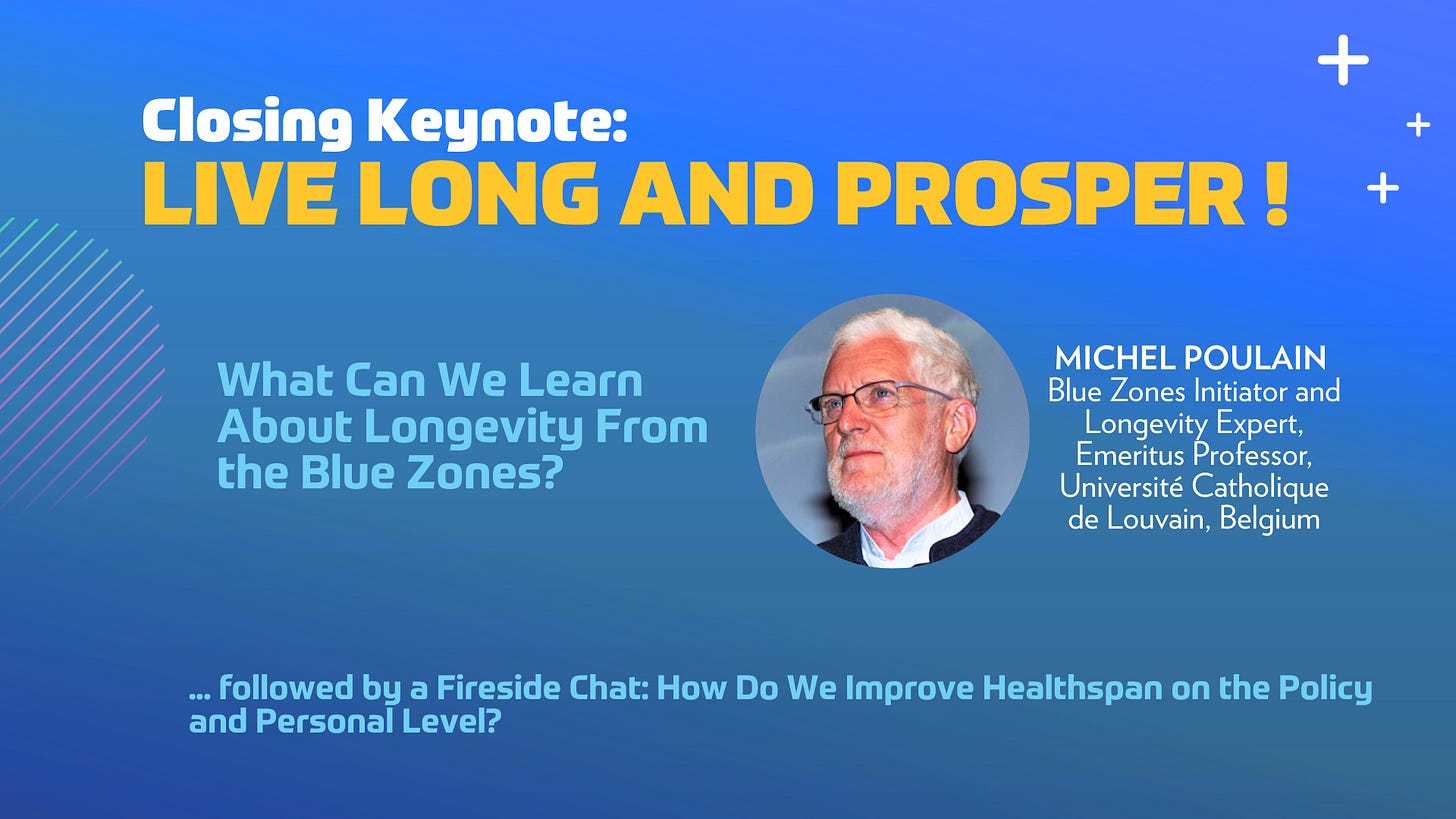Germany is About to Open National Health Data for Scientific Research
Anyone with good intent for healthcare improvement can apply for data access of 90% of the German population.
A decade ago, a German friend said: “In Germany, the national sport isn’t football; it’s data protection.” His joke captured the frustration felt by many healthcare entrepreneurs and researchers, who often struggle to access the data needed for large-scale studies and technological innovation.
Europe is building the European Health Data Space, which presents a vision for a connected healthcare across Europe, interoperability and healthcare data exchange among different EU countries, and with this digitalization, new opportunities for data research through secondary use. For years Europe has been looking at Finland as the exemplar of secondary use of health and social data. There, since 2019, a dedicated authority Findata has been granting permits for the secondary use of social and health care data. Fees apply, depending on where the interest is coming from.
Germany is now following suit, granting researchers access to statutory health-insurance claims data it has amassed over the past decade. Because 90 % of residents are covered by public insurers, the dataset offers an almost comprehensive view of the nation’s healthcare billing.
Understanding healthcare Data Challenges in Germany
Germany has been observed with mixed feelings within the digital health space: on the one hand, it deserves admiration for its efforts in digital therapeutics reimbursement and normalization of prescribing digital treatment solutions (read more about DTx in Europe in the dedicated newsletter). On the other side, there’s been no lack of frustration with the slow introduction of national electronic healthcare records, ePrescriptions and more. The challenges accompanying delays compared to many other European countries are multifold:
lack of national digital infrastructure, that had to be build,
size of the country and its fragmentation to 16 federal states, each with its own rules and desires,
while Germany initially created a system where citizens had to opt-in to get their data in electronic health records, the system was later turned into opt-out, where citizen have to actively exit the the system. Many other countries in the past, such as Australia with its My Health Record, learned the hard way that an opt-out approach is the only way for large scale adoption of electronic healthcare records.
Hence, the prospect of opening claims data for 74 million people marks is an especially momentous achievement. “Starting next year we will receive pseudonymised data from the electronic health records as well and that data will come to us already linked to claims data,” says Steffen Hess, the head of Health Data Lab, which is in charge of granting access. Side note: quite some data still needs to be structured in an interoperable format hence not all data will be added to this data pool immediately.
Who, When, How?
The application process will begin in the of summer 2025. Interested parties should follow Health Data Lab’s website to see when the digital door will open. Below are the basics of what you can expect.
1. What Data is Available?
Claims Data: Main source, covering 95 statutory health insurance providers—representing 90% of the German population.
Electronic Health Records (EHRs): Pseudonymized EHR data will also become available and linked to claims data as the next step.
Scope: Broad national coverage (approx. 74 million people), ideal for research into rare diseases, health system improvements, epidemiology, etc.
2. Who Can Apply for Access?
Anyone operating under GDPR-compliant jurisdiction.
Applicants must propose projects with approved public interest purposes (e.g., medical research, health system improvement).
Commercial interests like market access research or harmful product development are explicitly excluded.
3. How Does Access Work?
Applications expected to open Summer 2025 via the Health Data Lab.
Data access is granted through a secure virtual processing environment—data cannot be downloaded.
Results can be exported only after clearance to ensure no personal data is exposed.
Expected approval time: < 3 months.
Access fees apply, based on use and duration (similar to models like Finland’s Findata).
Tune in to the discussion about the new system for secondary use of data in Germany with Steffen Hess - Head of Health Data Lab.
Secondary Use of Data: The Basics
When talking about secondary use of data its worth starting with a clarification, which data we are referring to. We often speak about secondary use of data in a general sense. However, as classified by Fidelia Cascini, Digital Healh expert engaged by the Italian Ministry of Health on European and national initiatives related to data use, who recently wrote a book on secondary use of data, healthcare data categories include:
Real-World Data (RWD): Derived from EHRs, registries, and wearables, used for observational research and regulatory support.
Administrative Data: Billing and claims data used in healthcare delivery analysis.
Biobanking Data: Genetic and biospecimen data linked with personal health data for research.
Clinical Trial Data: Structured data for regulatory approval and hypothesis testing.
Electronic Health Records (EHRs): Central to modern health informatics, used for research, quality, and public health.
Genomic and Proteomic Data: Used in precision medicine and integrated research.
National Registries: Provide longitudinal health insights across populations.
Patient-Generated Health Data: Self-tracked data from apps and devices.
Social and Behavioural Determinants of Health (SBDH): Contextual data influencing health outcomes
As mentioned in the case of Germany, researchers will have access to billing data first, later in the process to electronic EHR data.
If you’re interested in detailed understanding of secondary use of healthcare data, Fidelia Cascini book is open-access publication, that provides an overview of approaches and challenges in Europe.
One thing is clear: the European Health Data Space, a legal framework that took effect in 2025, has raised expectations for future advances in research and the use of healthcare data across Europe. Only anonymized data will be available for secondary use and individuals will be able to limit or restrict certain data categories. “The barriers are time and limited resources but in the next eight to ten years the picture will be completely different compared to today. Larger countries will reach good results in interoperability and allow the secondary use of data,” believes Fidelia Cascini.
Learn more at HIMSS25 Europe!
Fidelia Cascini, Steffen Hess and many other policy makers and health data authorities representative will be present at HIMSS Europe 2025 Conference and Exhibition, taking place in Paris from 10-12 June 2025.
Secondary use of data and EHDS will be addressed through several discussions. By coming to the conference, you can also obtain a digital health literacy certificate! Read more on the website.
What else can you expect at HIMSS?
Participants will be able to learn about AI, women’s health, longevity, European legislation, bridging policy and practice, the future of workforce and more.









